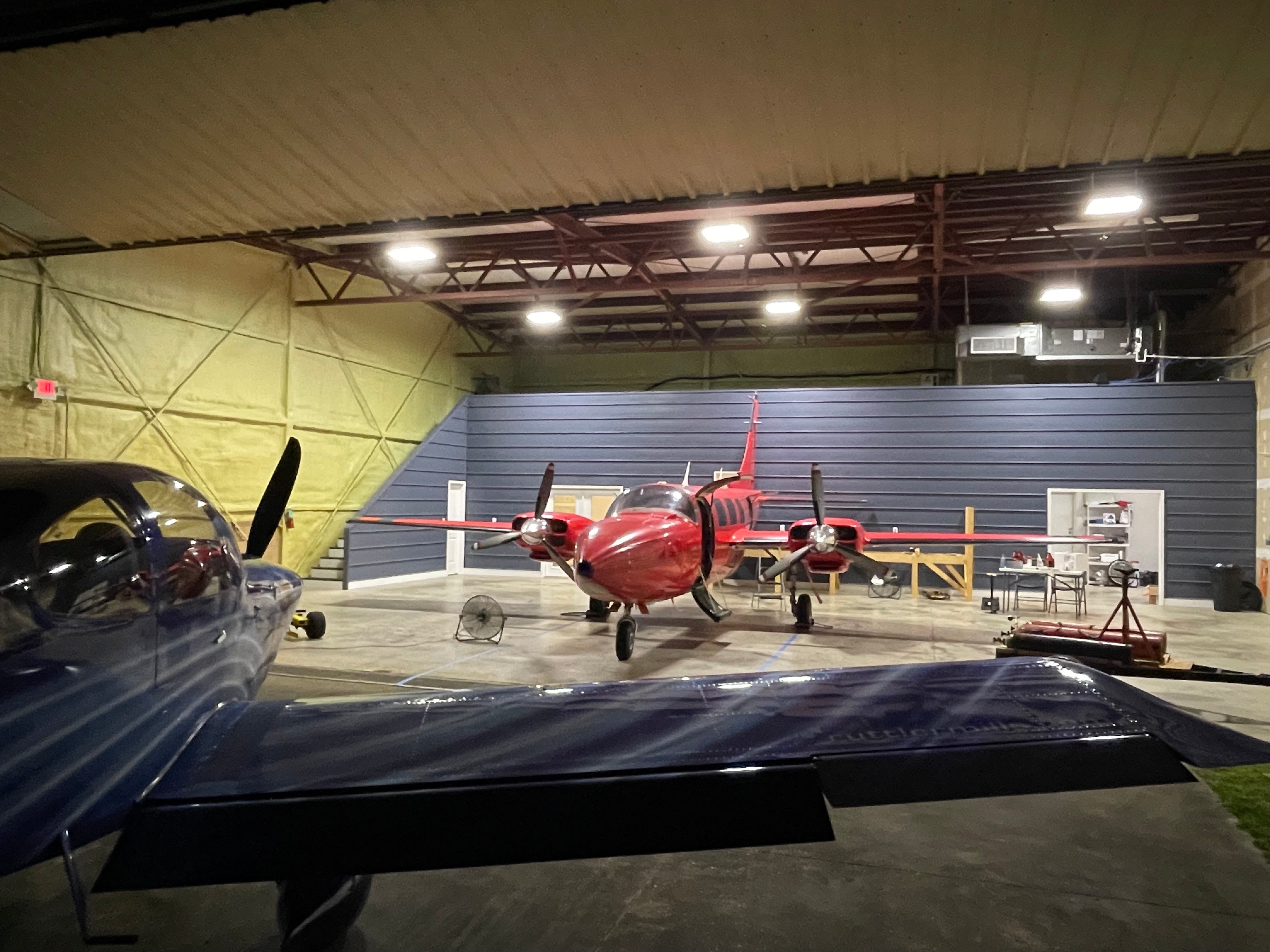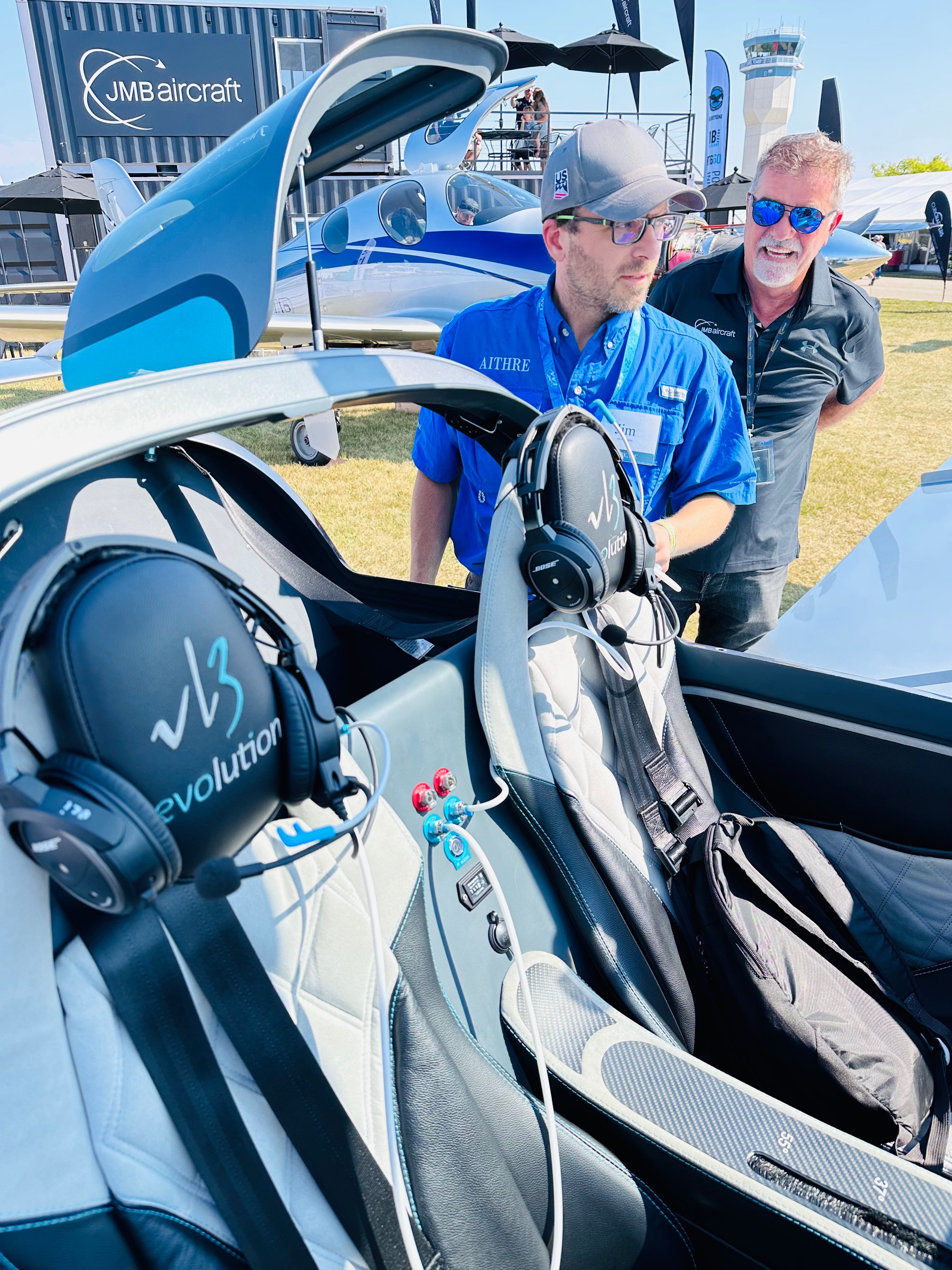By James Runnels, MD
Aithre Shareholder, ER Physician, Mooney and Aerostar Owner, Multi/Instrument Rated Private Pilot
**
Most of us make an effort to take care of our health and bodies. At least an attempt at a reasonable diet, a little exercise, maybe something to relax every now and then. And it’s fair to say most pilots make a real effort to keep their flying brains sharp. We read things, listen to podcasts, attend webinars, work in simulators, do recurrent training … We make a real effort to keep our minds full of useful info and our decision-making skills honed. Not just for the love of it, but for the very real safety consequences always lurking out there.
So why do so many of us not take that last step and take good care of our *actual brains* in flight?
Your brain really only wants a few things. A safe place to be, which your skull takes care of. A reasonable amount of rest. Avoidance of (or at least adequate recovery time from) any toxins. A reasonable temperature range. Maybe a Tylenol here and there. But really, it’s down to gas exchange and energy.
Energy is something you don’t have to think much about. If you’re hungry, you eat. Whether you eat well or not, your body is very good at adapting to current circumstances to keep your brain supplied with chemical energy — mostly in the form of a steady supply of sugar. It’s better if you have a balanced, regular diet, and time your eating well with your flying. But honestly, your system will make up for whatever your deficiencies in this area may be and keep the noggin properly supplied with that simplest of fuels, glucose.
Gas exchange is about carbon dioxide (CO2) and oxygen (O2). Metabolism generates CO2 continuously, and your bloodstream and lungs are very good at carrying this away from your tissues and blowing it out as you breathe. You really can’t get into a state of problem from too much CO2 unless you have a significant lung disease or similar. Or your cabin is not ventilated. (For a really great exploration of that problem, watch the brilliant Ron Howard movie Apollo 13.) But in the real world of flying, CO2 just isn’t a problem.
Which leaves … you guessed it, oxygen. That’s what so many of us are not doing enough about.
The FAA regs on supplemental O2 for GA are, bluntly, inadequate. Regarding various aspects of the FAR’s, we’ve all heard that some of the rules we have to abide by are bare minimums. The “just because it’s legal doesn’t mean it’s smart” category. Taking off in zero-zero conditions, etc. O2 rules are definitely in this territory.
If your cabin is pressurized, this doesn’t apply to you. Your problem there is making sure your pressurization system is set correctly and performs correctly, and that you have a backup plan for if pressurization fails. That’s a topic for elsewhere.
I’m talking about supplemental O2 in unpressurized aircraft. It traditionally has been heavy, bulky, expensive, trouble, uncomfortable. In other words, an easy thing to find reasons not to have. But your brain in flight can’t compensate for those things. It just deals with the oxygen it’s presented … and its ability to perform at peak goes down as the partial pressure of oxygen goes down. So you have to ask yourself — how much of my *actual brain performance* am I willing to do without?
We get away with it, mostly.
In cruise, your workload is generally lower. You don't have to perform as much critical thinking, and your reaction time doesn't have to be quite as fast. And the good news is that brain function recovers almost instantaneously as deficient oxygen levels are restored. So, by the time you are later in descent and flying an approach or whatever, there's a pretty good chance your available oxygen level will be adequate.
But what if? If your density altitude is high enough — and that level varies from person to person & circumstance to circumstance — you may be impaired enough in cruise to make bad decisions. I won't try to suggest hard guidelines here, but for round numbers an 8,000’ density altitude is a good place to start. Above a certain density altitude, any individual brain is going to start to function at an impaired level, and get steadily worse as altitude increases. Just as if your brain didn’t have enough glucose. If it doesn’t have enough O2 molecules delivered to it, it can’t fully do its job.
The military has always done a better job with this than GA has. I believe the general rule is (and has been for a long time) — “above 10,000’, oxygen on”. Simple. Effective. Rational.
The regs for GA have always been a little confusing and seemed somewhat arbitrary to me. But I learned very recently from Dr. Brent Blue’s appearance on Martin Pauly’s YouTube channel (excellent, everyone should watch it) — apparently the 12,500’/ 14,000’/ 15,000’/ 30 minute details that we all learned are not at all about human physiology, but about US geography. Those values were decided to allow for unpressurized GA flights to cross Rocky Mountain passes without supplemental O2. Seems a pretty iffy rationale in hindsight.
Monitor your pulse oximetry. Know what your density altitude is. Be aware that you can’t willpower or hyperventilate your way out of hypoxia. And if you’re going to spend any time at potentially impairing altitudes, look into modern supplemental O2 solutions.
Also — carbon monoxide (CO). Stay tuned …..






